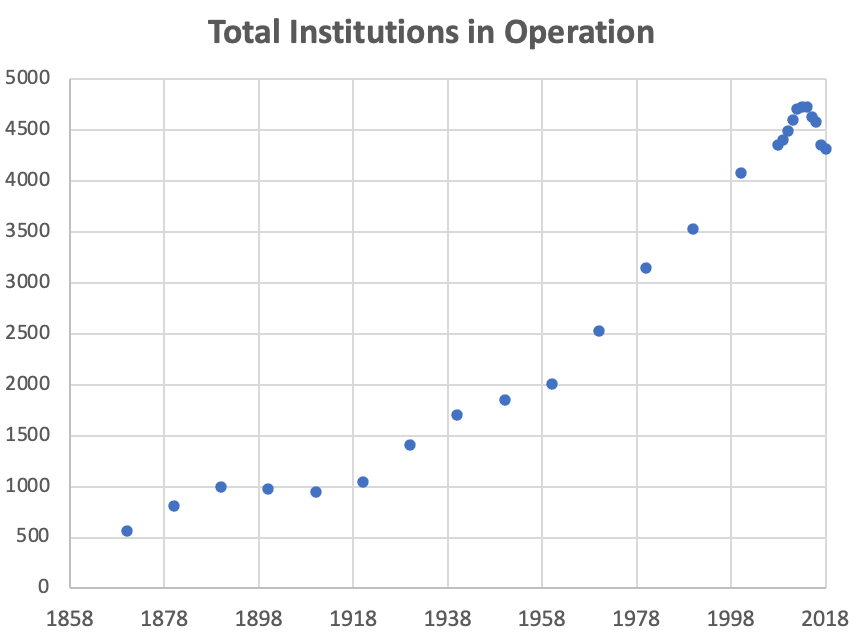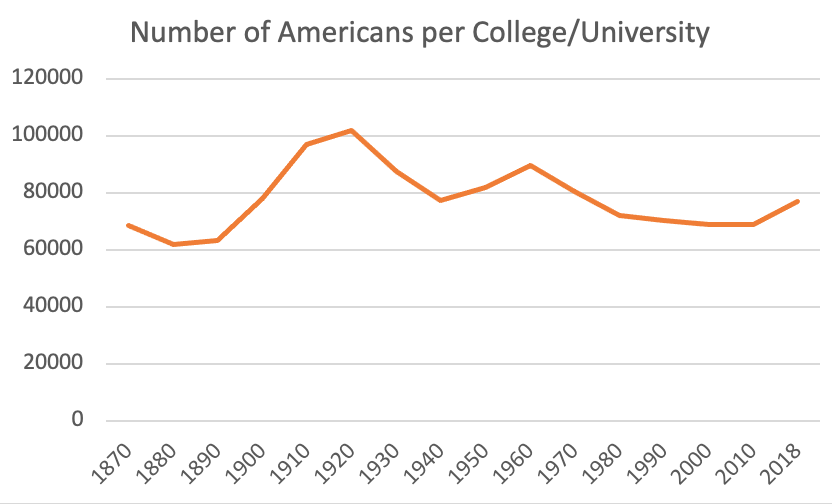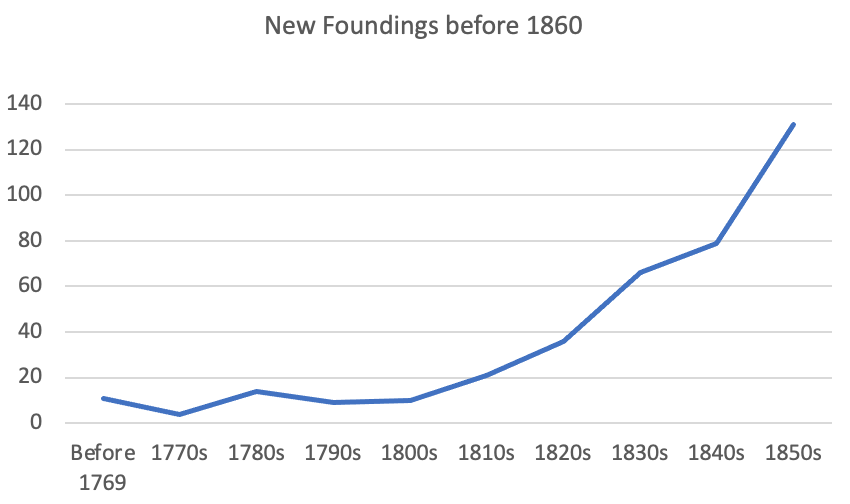- Facebook21
- Twitter1
- Total 22
- Radical: Debt is the linchpin of a predatory global political-economic system (Graeber 2011). Canceling a portion of one form of debt strikes a blow at this whole structure. It demonstrates that victories can be won—particularly because the president was reluctant to take this step and did so under pressure. The victory will encourage people to think of themselves as debtors with political power, which is a potent identity. If canceling debt weakens the existing economic system (for instance, by encouraging individuals to borrow in the hope of having their loans canceled), that is a feature, not a bug. Another blow will be struck when other groups demand the cancellation of their debts as a matter of fairness. (“Biden helped the college kids—what about those of us with medical bills?”) This policy will look successful in retrospect if it turns out to be merely the first of many cancellations.
- Social democratic: The measure of a policy is how much it helps the least advantaged. However, it is wise to design programs to benefit relatively large and empowered populations as well as the neediest, so that such policies are enacted and survive. For instance, European welfare states rely heavily on value-added taxes, which are regressive, and they provide cheap or free college for all (including those who could have afforded college by themselves). Such policies have proven durable. Similarly, in the USA, Medicare and Social Security have been sustained, while means-tested welfare programs have been cut because they have poor constituencies. Forgiving student debt has the same kind of structure. According to a Penn Wharton analysis, people between age 25 and 35 who are in the bottom income quintile will get 13.5% of the benefits of the forgiveness, while people in the top 40% of income will get about 24% of it. The Penn Wharton analysis does not consider race, but NCES reports that Black people with any college debt owe a median $1,810, which is almost three times as high as White people’s median debt ($630). Thus the Biden policy should have progressive effects with respect to race (while also benefiting many White people and omitting Black people who didn’t attend college). This doesn’t sound impressively equitable; boosting financial aid would be a better policy. However, the constituency for financial aid consists of current or prospective college students who demonstrate need, and that group is too politically weak. Besides, the White House decided that Biden could forgive debt by executive order, while Congress would have to pass other reforms; but Congress hardly ever passes a controversial bill.
- Interest-group pluralist (Lowi 1979): Biden was elected with a coalition that included a disproportionate number of younger people with college degrees, and he performed best in the $50,000-$100,000 income range. Biden voters have diverse interests, but college graduates (and their parents) are more concentrated, better led, and more culturally and economically potent than other Democratic interest groups. As part of the governing coalition, they successfully demanded a benefit. Biden complied. Interest-group pluralism predicts that they will next seek other benefits for themselves, without supporting a radical economic restructuring or any serious attention to other groups, such as older people with medical debt or farmworkers. If colleges and universities capture some of the benefits of the debt-cancellation (by raising tuition in the expectation of another cancellation later), so be it: their faculty and staff are core to the Democratic coalition. This is what interest-group pluralism predicts. As Lowi notes, it does not judge, because it considers judgment unscientific. Politics is nothing but the clash of interests. Last week, people with college debt won a round.
- Market-utilitarian: Markets produce wealth; governments may use taxes and regulations to encourage, discourage, or subsidize behaviors when necessary for the aggregate good. Forgiving debt after it has been incurred cannot incentivize education, but it can create moral hazard, which distorts markets. Colleges will grab most of the benefits. We know, for example, that when the stock market boosts college endowments, those institutions spend the money to increase their own selectivity and do not offer more financial aid (Bulman 2022). Debt-cancellation may be inflationary, yet the biggest problem facing the economy right now is inflation. For these reasons, the policy is foolish.
I must admit I don’t foresee radical results following from Biden’s debt cancellation (per #1). David Graeber endorsed forgiving student loans (p. 544), but he expected a global movement against debt to take centuries. On that time scale, I am confident that our current system will change. But between now and 2024 or 2050–I don’t think the conditions are in place.
I am not equipped to assess mainstream economists’ arguments against the new policy (#4), and I doubt that we will know—even in hindsight—whether debt forgiveness increased inflation or tuition prices or created moral hazard (for good or ill). For one thing, the policy is relatively modest compared to other recent interventions.
I think the difference between #2 or #3 is important. A lot depends on how people—a wide array of people—describe and interpret the new policy.
If many Americans decide that the Democrats now represent college kids (#3), that interpretation will reinforce a class inversion that is one of the most serious threats to democracy. When the center-left party that is willing to employ government as an instrument for social welfare looks elitist, the right wing will offer chauvinistic nationalism to pick up workers’ votes. Meanwhile, a center-left party that depends on the votes of more educated people will drift toward elitist policies.
I know that many people with college debt are not “elite” by any measure. Nevertheless, favoring college education looks elitist when about 55% of adults do not hold a BA, and 38% never enrolled in college, yet almost all of the nation’s leaders all hold college degrees.
On the other hand, if Americans conclude from this experiment that their government can help people, and therefore it should do something for those without any college experience (#2), that would be a positive step. Americans will be more likely to reach this conclusion if, indeed, the government next does something tangible for working-class people without college debt.
The Fall of Robespierre changed history because of how French people reinterpreted it about a year after he met the guillotine. So too, Biden’s debt cancellation will matter because of the story that American tell themselves about it in 2024 and later.
Sources: David Graeber, Debt: The first five thousand years (New York: Melville House, 2011); Theodore J. Lowi, The End of Liberalism: The Second Republic of the United States (Norton 1979); Bulman, George, The Effect of College and University Endowments on Financial Aid, Admissions, and Student Composition, NBER working paper 30404. See also: the social class inversion as a threat to democracy; a conversation with Farah Stockman about American Made: What Happens to People When Work Disappears; the weirdness of the higher ed marketplace; the new elite is like the old elite; etc..


